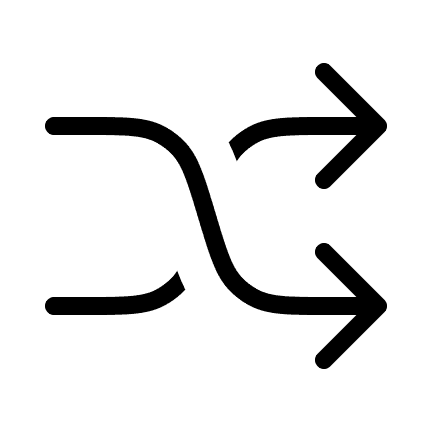Portugal
Our audience is equivalent in size to the population of Portugal (about 10 million people).01
The higher your app ranks in search results or its category, the more visibility it gains, leading to increased downloads. These organic downloads result from users choosing to download the app voluntarily. Optimizing visibility in app stores presents a significant opportunity to attract a large user base.
02
App store search is a highly efficient channel with an optimal volume-to-quality ratio. Users actively seeking a solution to their problem make this channel particularly effective. A well-designed application addressing a specific problem stands the best chance of retaining organic users with a considerable retention rate.
03
For any project, creating a semantic kernel from queries of varying frequencies is possible. Maintaining favorable positions in search engine results pages (SERPs) for these keywords ensures a consistent flow of organic users. An app securing top positions for relevant queries has the potential to take on significantly greater organic traffic than its competitors.
65%
Statistically, over 65% of downloads come to the top three applications.
How many installs are needed to get to the top results is calculated based on the frequency of a specific query. Basically, we need to measure the level of competition.
The number of installs required to reach top results is determined by the frequency of a specific query, essentially measuring competition levels. For low-frequency keywords, 50 to 200 downloads may suffice to secure the top spot, while higher-frequency queries may necessitate 3,000+ installs. However, maintaining the SERP summit yields thousands of new organic users daily.

Portugal
Our audience is equivalent in size to the population of Portugal (about 10 million people).01
Text ASO
Crafting a compelling title, description, and metadata is essential for securing a spot in search results. Experimentation with metadata may be needed to achieve visibility among the highest-frequency results.
02
Graphic ASO
Once at the top, users are more likely to install your app due to increased impressions. Prioritize high-quality graphic ASO to boost the install rate and attract more search traffic. Investments in this channel pay off faster, increasing the app's likelihood of maintaining high positions.
03
Reputation management
The average rating and reviews on the app page significantly influence the install rate. Before launching any extensive promotional campaign, including SEO, enhance the average rating and accumulate positive reviews. Our experience indicates that nurturing the app's reputation can increase the install rate by 5 to 10 percent.

Utilize the platform independently to boost your app's SERP positions, garner more reviews, enhance the average rating, track relevant positions, and keep an eye on your rivals.
Organic traffic is the central factor shaping the app's sustainable growth, for the users coming through natural search queries are more loyal.
This traffic is cumulative: The more organic users the app has, the higher positions it occupies on the SERP, in categories, and in selections. As a result, the app sees even more installs.